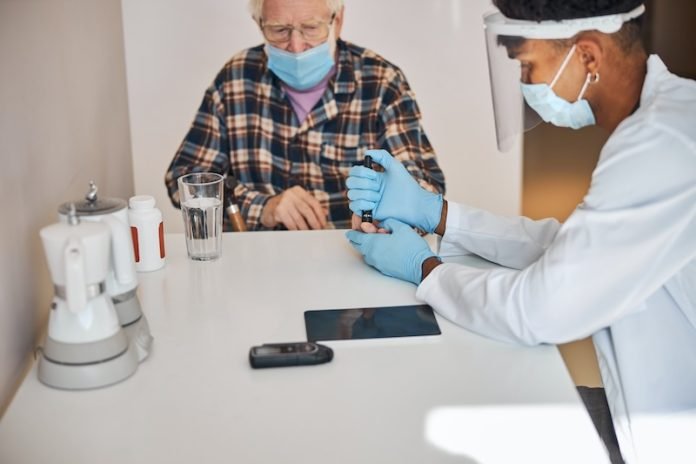
In a significant development for diabetes management, the Artificial Pancreas Trondheim (APT) research group in Norway has made a groundbreaking advancement with their new solution, MicroGlucagon.
This innovative approach could revolutionize the way type 1 diabetes is treated.
Type 1 diabetes, a condition where the pancreas fails to produce enough insulin, affects numerous people worldwide, including a high prevalence in Norway.
Patients with this condition require lifelong insulin therapy. However, managing blood sugar levels, especially after meals, remains a major challenge.
The APT team, led by Professor Stefan Plontke from NTNU and St. Olavs Hospital, has developed a method that combines microdoses of glucagon with rapid-acting insulin.
Glucagon, typically known for increasing blood sugar levels, has been utilized in such small amounts that it doesn’t affect glucose release from the liver. Instead, it enhances local blood flow where insulin is injected, leading to quicker absorption of insulin.
Preliminary trials on pigs have shown promising results, with the MicroGlucagon mixture taking effect up to 10 minutes faster than current rapid-acting insulin solutions.
The research also indicates that the body may absorb more insulin, potentially up to 30% more, when using MicroGlucagon.
This faster absorption and disappearance of insulin from the body could also reduce the risk of post-meal low blood sugar, a common issue for many patients.
MicroGlucagon is versatile, suitable for all type 1 diabetes patients, whether they inject insulin or use pumps and semi-automatic artificial pancreas systems.
The research conducted by the APT group is particularly relevant as Norway has one of the highest annual rates of new type 1 diabetes cases among children, youth, and adults.
With about 26,000 Norwegians living with this condition and an increasing number of young people being diagnosed each year, the need for better treatment methods is evident.
MicroGlucagon’s potential doesn’t stop at improving current treatments. It also holds promise for the development of a fully automatic, artificial pancreas system—a closed system that continuously monitors blood sugar levels and administers precise insulin doses automatically.
The journey to market for MicroGlucagon is not without challenges. The solution must undergo further research and documentation to prove its stability and effectiveness in humans.
Clinical trials are planned for spring 2024, and while the researchers are cautious, they hope that the solution could be available within 3–4 years, a relatively short time frame in medical research.
Hilde Kjeldstad Berg from NTNU Technology Transfer is assisting the researchers with patenting and business development, aiming to license the solution to an established industry player. The goal is to collaborate with major global players in the diabetes market.
This innovation is particularly significant given the complexities of managing type 1 diabetes. Patients often rely on technology and careful timing for their insulin therapy.
Improving the efficiency and speed of insulin absorption could greatly enhance quality of life and blood sugar control for millions of people living with this condition.
Professor Carlsen sums it up aptly: type 1 diabetes is the world’s most technological disease, and innovations like MicroGlucagon are key to making the quantum leap towards a fully automatic, artificial pancreas and better diabetes management.
If you care about diabetes, please read studies about Vitamin D and type 2 diabetes, and what you need to know about avocado and type 2 diabetes.
For more information about diabetes, please see recent studies about how to eat to prevent type 2 diabetes, and 5 vitamins that may prevent complication in diabetes.
Copyright © 2023 Knowridge Science Report. All rights reserved.



